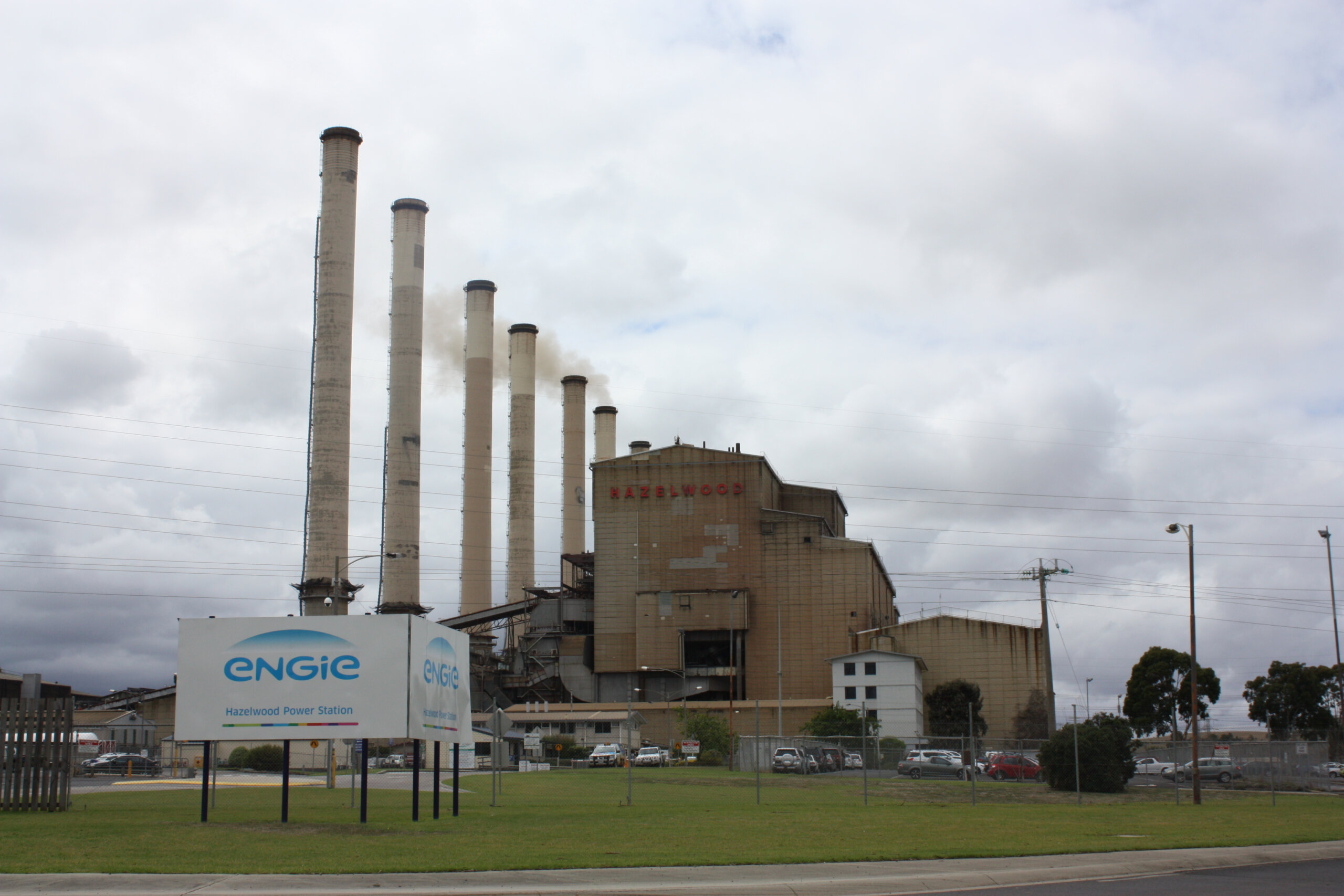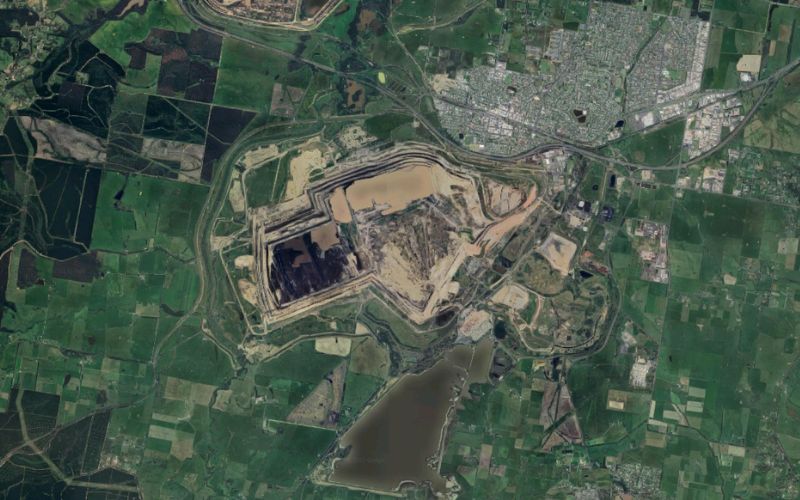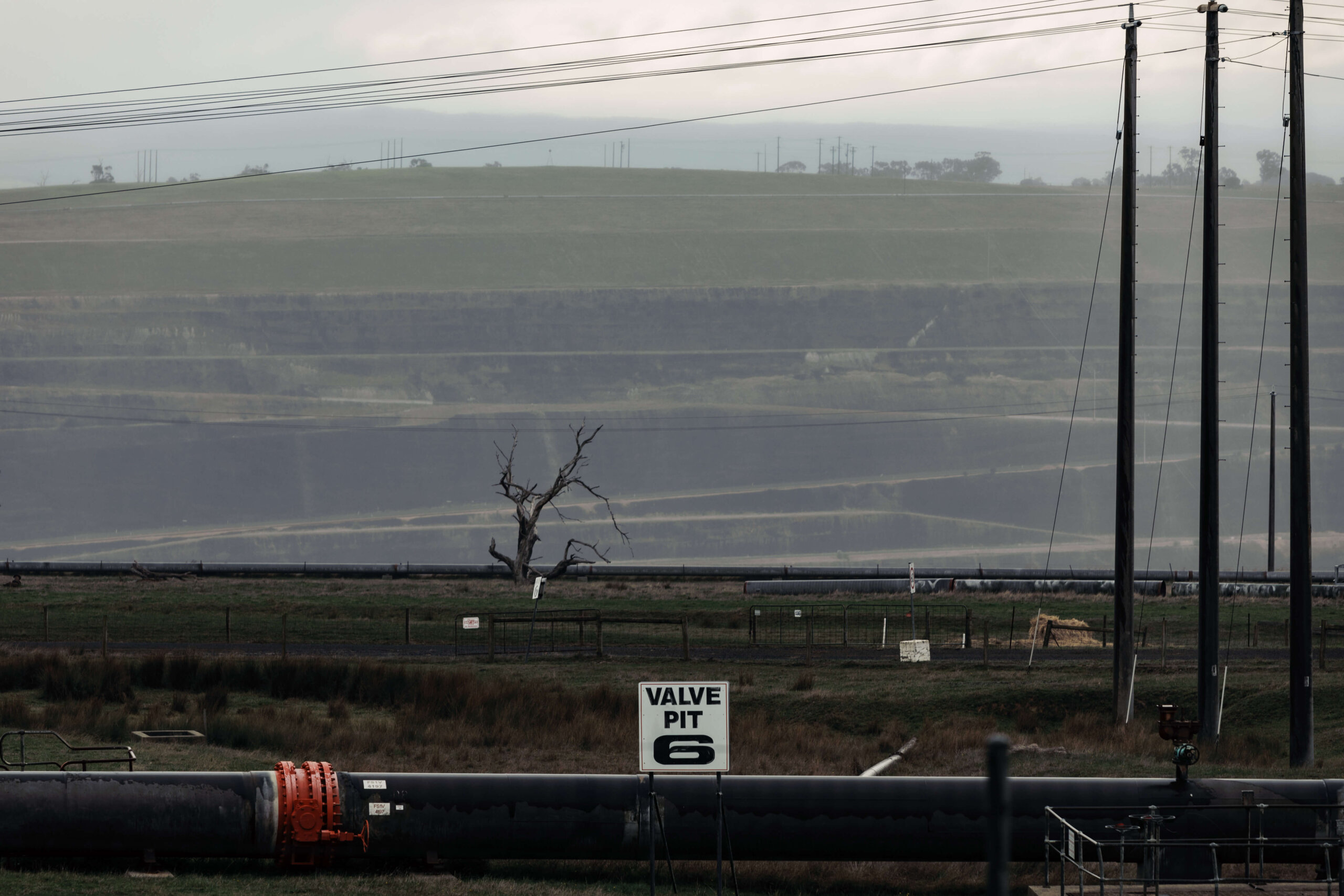There's still time to call on Engie to clean up their mess at the Hazelwood coal mine.
When the Hazelwood coal mine closed in 2017, it left behind a MASSIVE toxic pit.
Now Engie wants to flood the mine pit, without removing any of the toxic coal ash, which could devastate our environment and seriously harm the local community’s health and future.
Engie’s plan to flood the mine would take almost two decades and take more water than all of Sydney Harbour – 637 giga litres – plus another five to 10 billion litres of water every year just to offset the evaporation.
That’s why we’re calling on Engie to clean up their mess. Will you sign the petition, calling on Engie to:
- Properly rehabilitate the Hazelwood mine so it’s safe for the community and local environment, for the long term
- Thoroughly investigate the environmental impacts of their current plan
- Scope other rehab options and ensure the community have a say on the decisions that impact us.

“Our efforts to protect the Latrobe Valley community and our precious water supply are paying off and we need to keep the pressure up on both Engie and government.
Tracey Anton, - Friends of Latrobe Valley Water
The community here in the Valley wants Engie to clean-up its toxic coal ash dump before the whole mine floor is flooded."
Community win
Community pressure is working. After receiving 145 public submissions, the Victorian Government has strengthened the assessment requirements for the Environmental Effects Statement (EES) to ensure greater accountability from the mine operator, Engie.
Under the changes, Engie is now required to consider the technical feasibility of alternatives to their proposed pit lake and alternative water sources – which could include the use of recycled or desalinated water.
Engie is also required to consider other feasible alternative rehabilitation methods raised by the community. Local community members have called on Engie to remove its toxic coal ash dump before flooding the mine.
Coal ash is a toxic by-product of mining that has lethal concentrations of mercury, lead, arsenic, selenium and chromium. The coal ash dump inside the mine contains 1.5 million cubic metres of toxic coal ash, which is the size of the MCG.
In a win for the local community, Engie will also be required to assess its plans under different climate change scenarios and consider potential impacts on the health and condition of Gunai Kurnai country, on water , biodiversity, ecological, cultural, recreational and agricultural values.
This includes considering the impact of the pit lake on downstream areas like the Ramsar-listed Gippsland Lakes and how all impacts could be exacerbated by a changing climate.
This is a great start, but we need to keep the pressure up to protect Gippsland’s water supply and reduce the risks posed by toxic coal ash.
There are two other mines in the Valley that still need to be rehabilitated, so we can’t afford to get this wrong.

“We don’t usually see substantive changes to assessment requirements, so this is a huge win for the Gippsland community and everyone who wrote a submission to the Victorian Government.
— Charley Brumby-Rendell, EJA senior specialist lawyer
“Community members in the Valley have told us they are concerned about the toxic pit-lake plan and they want to see other rehabilitation options and water sources on the table.”

